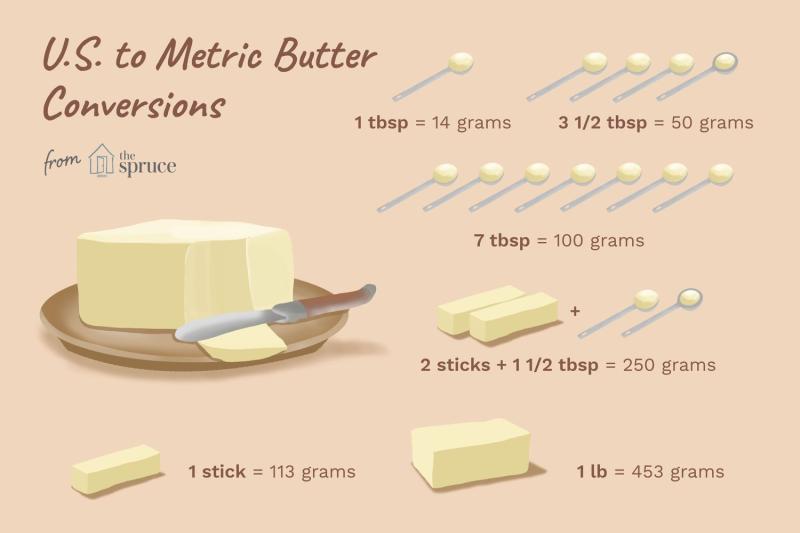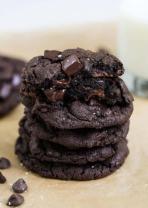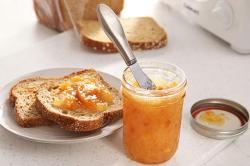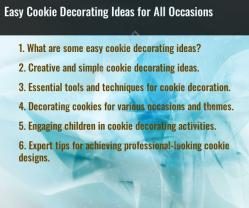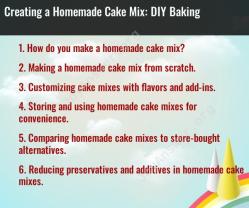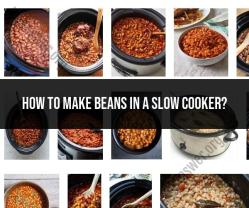How many teaspoons make an Oz?
The conversion between teaspoons and ounces depends on the substance being measured, as different substances have different densities. However, as a general guideline:
1 fluid ounce (oz) is equivalent to approximately 6 teaspoons.
Keep in mind that this conversion is based on volume measurements for liquids. If you're dealing with dry ingredients, the conversion may vary. Always refer to a specific conversion chart for the ingredient you are working with to ensure accuracy.
1. Equivalents in Cooking Measurements
In cooking measurements, one ounce is equivalent to six teaspoons. This applies to liquids like water, milk, oil, and vinegar, as well as dry ingredients like flour, sugar, and spices.
Here's a table for reference:
| Ounces | Teaspoons |
|---|---|
| 1 | 6 |
| 2 | 12 |
| 3 | 18 |
| 4 | 24 |
| 5 | 30 |
2. Conversions for Different Ingredients
While the general conversion of 1 ounce to 6 teaspoons applies to most ingredients, there are some exceptions for certain ingredients with unique densities and packing characteristics. Here are some examples:
- Brown sugar: 1 ounce is typically measured as 4 tablespoons, which is slightly less than 6 teaspoons.
- Powdered sugar: Due to its finer texture, 1 ounce is often measured as 3 tablespoons, which is even less than brown sugar.
- Honey: 1 ounce of honey is approximately 2 tablespoons or 4 teaspoons. This is because honey is thicker and heavier than water.
- Shortening and butter: 1 ounce is equivalent to 2 tablespoons or 8 teaspoons. When softened, both ingredients tend to fill measuring spoons more loosely than dry ingredients.
It's generally recommended to use measuring cups for larger quantities and measuring spoons for smaller amounts. If you're unsure about the conversion for a specific ingredient, consult a reliable cookbook or online resource.
Here are some additional resources you may find helpful:
- USDA Measuring Tips: https://www.ars.usda.gov/northeast-area/beltsville-md-bhnrc/beltsville-human-nutrition-research-center/methods-and-application-of-food-composition-laboratory/mafcl-site-pages/measurement-conversion-tables/
- King Arthur Baking Conversion Charts: https://www.bonappetit.com/story/baking-by-weight
- Allrecipes Cooking Conversions: https://www.allrecipes.com/article/recipe-conversion-basics/
Remember, accuracy and consistency are key in baking and cooking, so using the correct measurements will help you achieve the best results.
